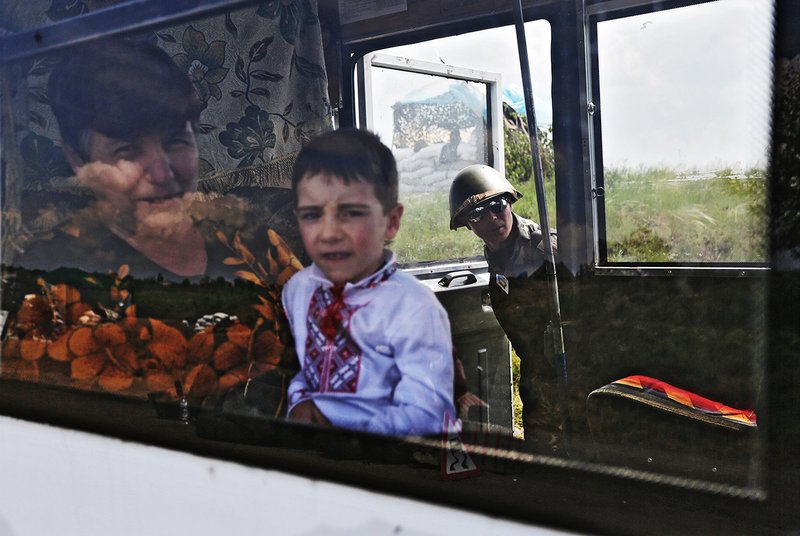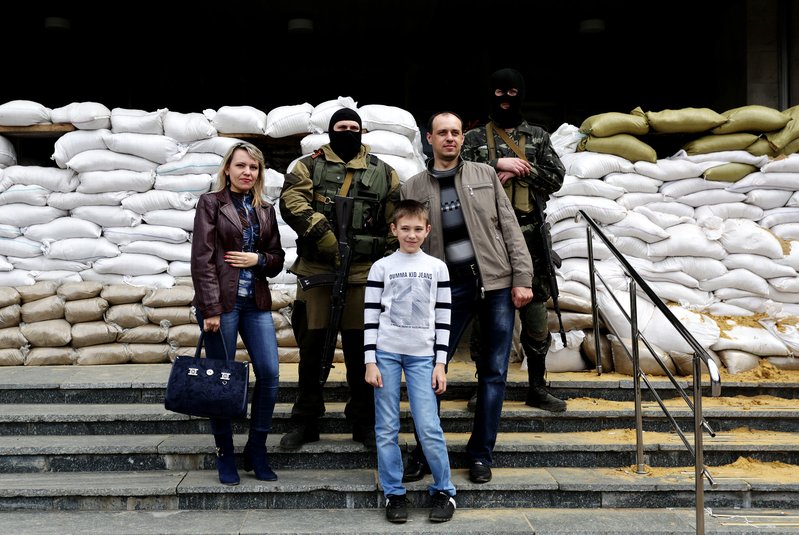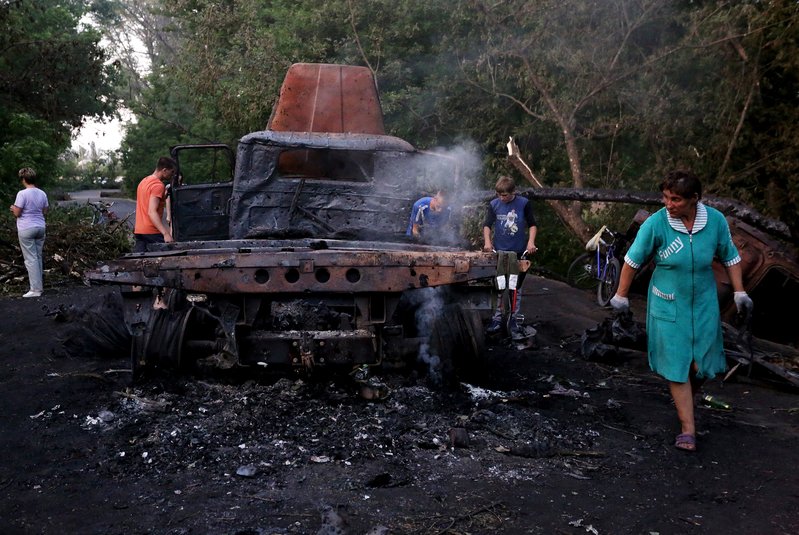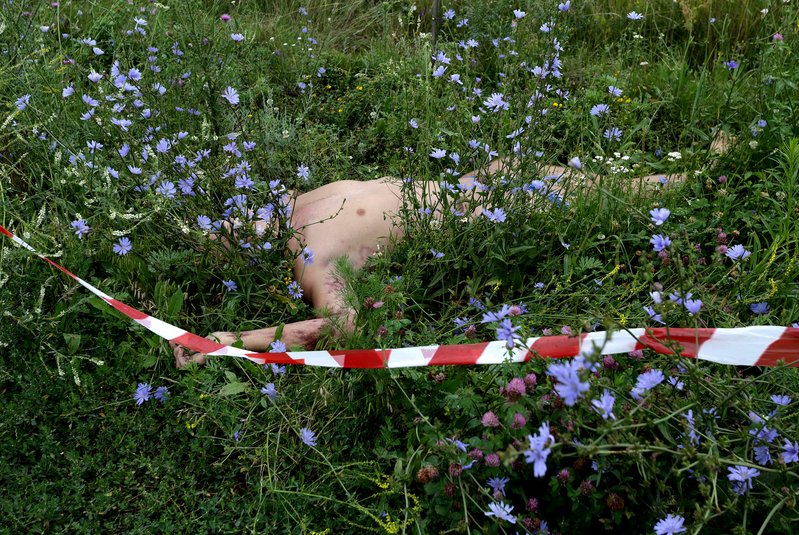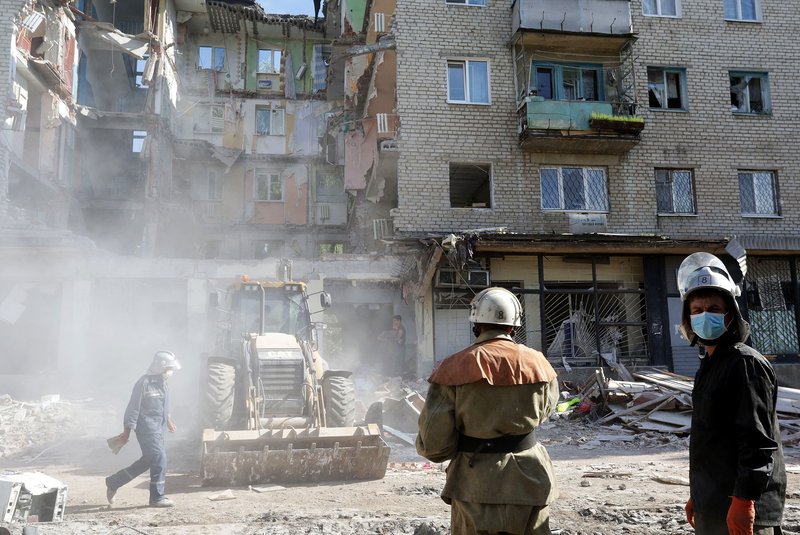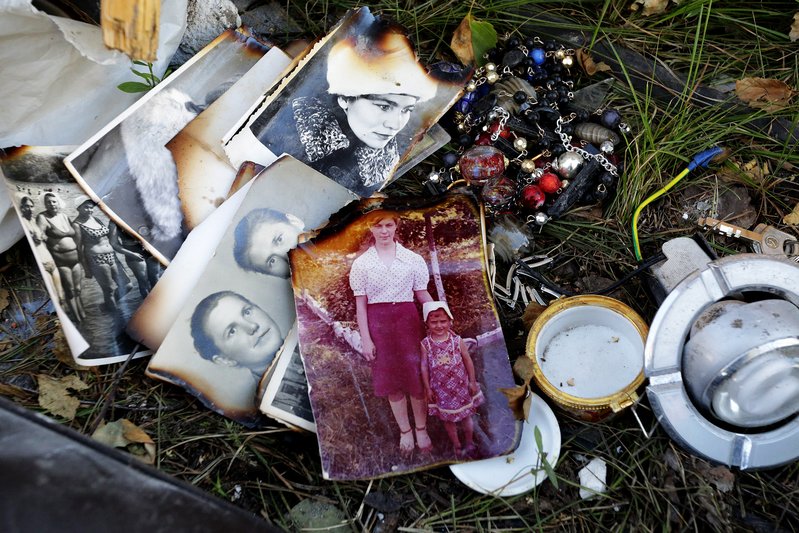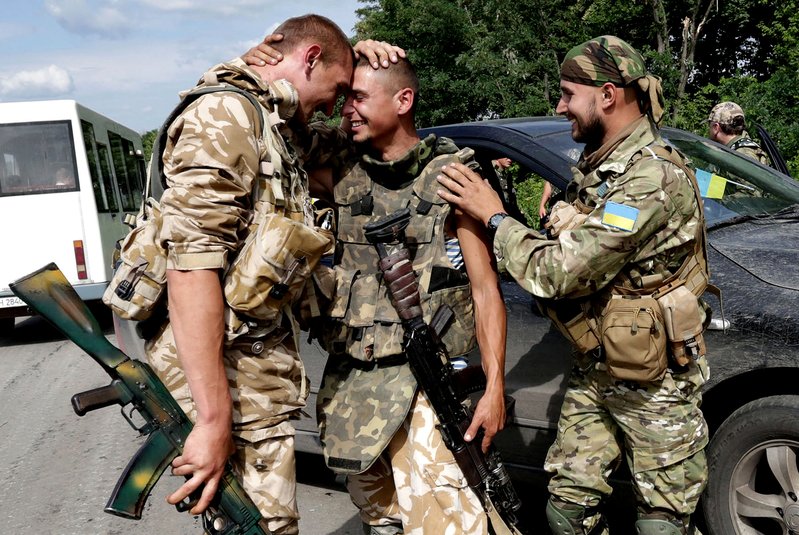CPOY 69 Documentary Award of Excellence: The Sense of War
In early April 2014, the crisis in eastern Ukraine turned violent between Russian-backed separatists and Ukrainian officials in Donetsk and Lugansk oblast, home to 15 percent of the nation’s population. The burst of clashes and mass protests with separatist slogans started on the eastern Ukraine right after the Russia's annexation of Crimean peninsula in March 2014. The starting point of the armed violence in the rebellious Ukraine's east was the take over of the police office in a city of Sloviansk, Donetsk Oblast on April 12 by the pro-Russian insurgents. The day after Ukrainian government started the anti-terrorist operation against the Kremlin-backed insurgents in the whole Donetsk and Lugansk regions. The violence has left more than 1000 civilians and more than 4000 Ukrainian servicemen dead, according to the Ukraine's State Security Service as well as the deaths of hundreds of Kremlin-backed insurgents. Big and modern cities as well as small and pastoral villages became the battlefields. Tens of thousands of local residents fled. Refugee camps in six Ukrainian cities recently set out to provide shelter to thousands of refugees from the rebellious east. The tense situation in the eastern Ukraine got the international resonance after the Malaysia Airlines plane with 295 people on board crashed at 17 July in Donetsk area, and both the government and separatist rebels fighting in the region denied shooting it down. After more than 6 months of fightings and bombings the military actions of the Russian-backed insurgents as well as responds of the government's anti-terrorist operation has become a real war in the middle of Europe. Even though many eastern cities are liberated from the pro-Russian insurgents now, people are still terrified of war which didn't leave, but stayed waiting next door. Ukrainian government hasn't yet officially announced the state of war in the country, but the sense of the ongoing war is already present elsewhere.



